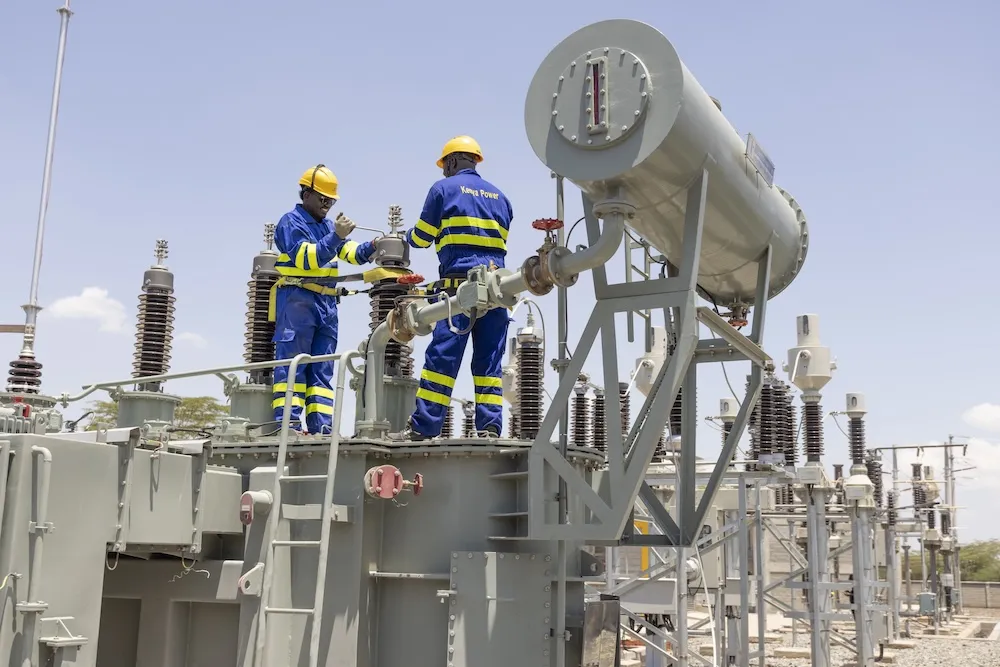Kenya’s electricity consumption reached record levels across all customer categories in the 2024/25 financial year, reflecting the country’s expanding economy and growing energy demand. Data shows that every consumer group — from households to large industries — registered all-time highs in energy use.
Large commercial and industrial consumers remained the biggest drivers of power demand, accounting for 49.61% of total national consumption. This group, which includes factories, high-rise buildings, airports, ports, and railway stations, used 5,620.71 GWh in the year ending June 2025. However, their dominance declined slightly from 51.86% in the previous financial year, as other categories recorded stronger growth.
The domestic consumer segment posted the sharpest increase, with usage climbing by 13.03%. Electricity consumption among households rose from 3,220.78 GWh in 2023/24 to 3,640.32 GWh in 2024/25. As a result, homes now account for 32.13% of total consumption, up from 30.76%. Analysts attribute this rise to higher per capita use and the expanding number of connected households, thanks to ongoing electrification efforts and lifestyle changes that increase energy reliance.
Small commercial consumers, mainly micro, small, and medium enterprises (MSMEs), also recorded steady growth. Their consumption rose by 197.72 GWh from 1,715.54 GWh to 1,913.26 GWh representing 16.89% of total national demand. The increase reflects the continued recovery and expansion of Kenya’s business sector.
Other categories, including street lighting and electric mobility, also showed positive growth, underlining Kenya’s progress toward urban modernization and clean transport solutions.
Overall, the steady rise in power consumption across all categories highlights Kenya’s improving economic activity, industrial performance, and living standards, while also underscoring the need for sustainable energy production to meet the country’s growing demand.

